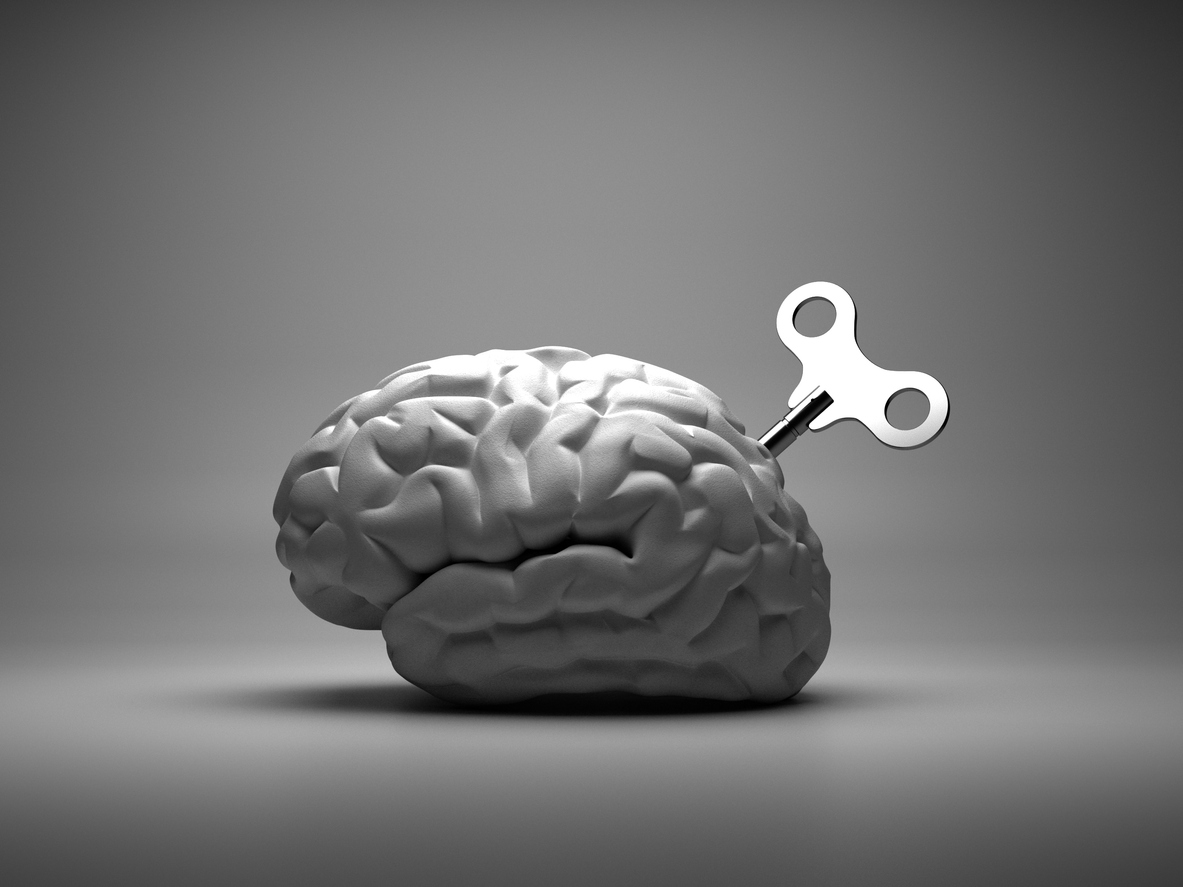Last week, I connected the familiar concept of burnout to gender transition. Burnout during transition is a common occurrence. Due to compounding factors of hyperarousal (anxiety, fight and flight responses, and agitation) with intersecting oppression, gender transition burnout is a defense mechanism against chronic sympathetic nervous system activation that has left many of us feeling stressed and stuck.
This week, I want to explore gender transition burnout and the brain.
The consequences of chronic transition-related stress are related to various thinking, feeling, and sensorimotor symptoms. As I explained last week, gender transition burnout is characterized by a sense of over-tiredness, a lasting feeling of moodiness, and a sense of inefficacy.
These characteristics seem to creep into your life, but it may be hard to connect the dots back to the brain, which is where we might go to both accurately diagnose and treat burnout syndrome. Imagine if we had a way to quickly and accurately identify burnout by looking at the brain.
Neuroscientists have used advanced tech to view burnout on the brain.
What does burnout look like in the brain? The most prominent aspect of burnout is the thinning of the grey matter in an area of the brain called the prefrontal cortex. You may remember the prefrontal cortex during our work together when I used the flip chart to introduce Dr. Janina Fisher’s Trauma-informed Stabilization Treatment. The prefrontal cortex is rooted in speech, focus, and accessible memories. It helps us respond appropriately to the present moment. It gives us insights into ourselves and others. And it helps us do complex decision-making. Plus it helps us have thoughtful, abstract reasoning rather than habitual responses.
When the prefrontal cortex is compromised, it’s hard to focus or remember important details, which increases the chance of mistakes.
Another observable change is the enlarging of the amygdala. In our trauma-informed work together, we sometimes call the amygdala the emotional centre of the brain or, especially during times of activation, the brain’s smoke detector. The amygdala usually governs threat perception and its increasing alarm precipitates nervous system responses, such as fight, flight, freeze, submit, and cry for help/attach.
When the amygdala becomes enlarged, it’s understood that we may become more activated in our nervous systems due to that razor-sharp sense of threat. When we perceive threat—both real or imagined—it’s difficult to calm, return to our “windows of tolerance,” and recover fully.
How may burnout further burden the brain? Golonka (2019) conducted a resting-state EEG study that found a reduction in alpha frequencies, which meant that individuals experiencing burnout had to exert greater mental effort. This meant that the development of compensatory mechanisms in individuals who were experiencing burnout could occur.
Your brain is a key player in your mental health, and when it’s compromised due to burnout it is difficult to get by. When you’re stuck on the hamster wheel of nervous system activation, it’s often impossible to make a change without a lot of effort and support. Situations that you’d usually find manageable could bring forth a flood of thoughts, feelings, and body sensations that are uncomfortable and unfamiliar.
There are ways to recharge, reflect, and relax so that you can come back from burnout and reverse its complex effects on your brain. If there’s one thing I want you to remember today, it’s that there is hope and a chance to heal from burnout and get on with your gender transition. Seeking guidance can feel daunting, but doing it can help you harness the tools you need so you can return to your window of tolerance—a.k.a. the present moment—and regain your sense of ease.
Research shows that if we are mindful, present, and practicing coping skills regularly, we can get ahead of burnout before it drains our brains.
Consider reviewing my resources to help you connect with trans* and queer supports. I invite you back to check out my next post, where I will dig deeper into transition burnout and nervous system activation.
Disclaimer: This blog shares general information only, not professional advice or recommendations. Consult healthcare providers for personal guidance. Decisions based on content are the reader's responsibility. Thank you.



